Trends in Multigenerational Households
Multigenerational households include people from two or more adult generations — say, Baby Boomers, their parents, and their adult children. The share of households with multiple adult generations has been growing since a 1980 low of 12 percent. The trend accelerated during the 2007-2009 recession, when high unemployment pushed younger people back home to live with their parents; in addition, the increase did not abate even as the subsequent economic recovery made it more feasible for people to go back to living on their own. Multigenerational housing is growing among nearly all racial and ethnic groups, all age groups, and both men and women.
The continuing trend may result from many factors. There are economic benefits to living together as adults. Multiple incomes can contribute to paying down debt faster and covering expenses as well as provide a safety net against temporary or long-term income disruptions or reductions. People in the household can share tasks and assist each other. Older members of the household can provide childcare, while younger adults can care for elderly relatives. Travel costs are reduced since family members do not need to travel to see each other.
Factors Working Against the Multigenerational Household Trend
The offset is that living in a multigenerational household means sharing financial obligations. Co-habitants need to communicate continually about who will pay what costs and about collective expectations. This is necessary regardless of whether the living arrangement is due to economic need or simply a desire to have the other household members nearby. Some in the household may be able to contribute more money while others contribute services such as keeping up the home or yard, or cooking meals.
If you are in your 50s and early 60s, sharing a household has a potential financial downside, as you are likely the party that elderly parents and adult children will look to for smoothing out the financial bumps. If you delay saving for your own retirement in order to cover costs of other family members, you could find yourself in a very bad retirement situation financially as you move into your late 60s and beyond. While unrelated roommates do not hesitate to divide household costs, family members tend to see the money situation more loosely. Since they are all related, they look at more immediate needs and who has the money at that point in time without fully considering the longer-term implications.
Household members should make a list of regular expenses, like the mortgage and utilities, and clearly agree on what share everyone will pay. You need to forget about family ties when talking about the budget and find a way that everyone can contribute.
Depending on circumstances, older parties may eventually not be able to contribute much at all. Living together will become just a cost savings decision, relative to what it would cost to move those parties to an assisted living facility.
Planning Considerations for Multigenerational Households
If circumstances or your desire to be with family outweigh the downsides, then you will likely need to either modify your current home to accommodate multiple generations, or purchase a new home better configured for that purpose. A loss of privacy is a main concern when multiple generations live together. Having separate entrances and kitchens for different wings of the house can ease that problem.
There are several factors to keep in mind when planning modifications or searching for a new home. You should sit down with all family members involved and discuss the particular features of the desired home.
Planning questions to ask include:
- Will everyone regularly eat together and spend time together?
- What changes are necessary to accommodate family members with medical or mobility issues?
- Will a caretaker or in-home nurse be needed overnight to help aging parents?
- Should there be separate entrances and designated private spaces?
By asking these types of questions, you will be able to determine if the home needs to have multiple master suites, mother-in-law apartments, or just extra bedrooms based on occasional privacy needs of family members. You will better understand special needs, like those for wheelchair ramps or elevators for aging parties to move about, and if there may be need to accommodate home care and home healthcare workers caring for family members.
Have Meetings Involving All Members of the Household
Also, meeting with everyone helps you determine what people do not want or cannot have in the house, or perhaps in certain sections of the house. Younger family members may prefer carpeting, but you may need to retain or install hard surface floors in areas where wheel chairs will be used.
It can be hard to satisfy all the desires and dislikes of each family member. It will likely be necessary to reach a consensus on concessions everyone will make. While older family members might prefer to live in the main house, they may be persuaded to live in a converted garage with a breezeway to the main home, or another form of accessory dwelling unit. Adult children who might want to have their own separate section of the house with multiple rooms may have to contend with a basement studio with a larger open space. Ability to contribute to the household financially or otherwise may play a role here as well.


 Personal Development Goals
Personal Development Goals
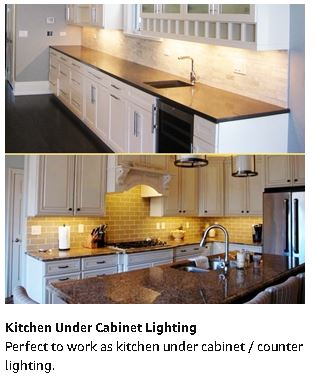
 Bedrooms Designed for Aging in Place
Bedrooms Designed for Aging in Place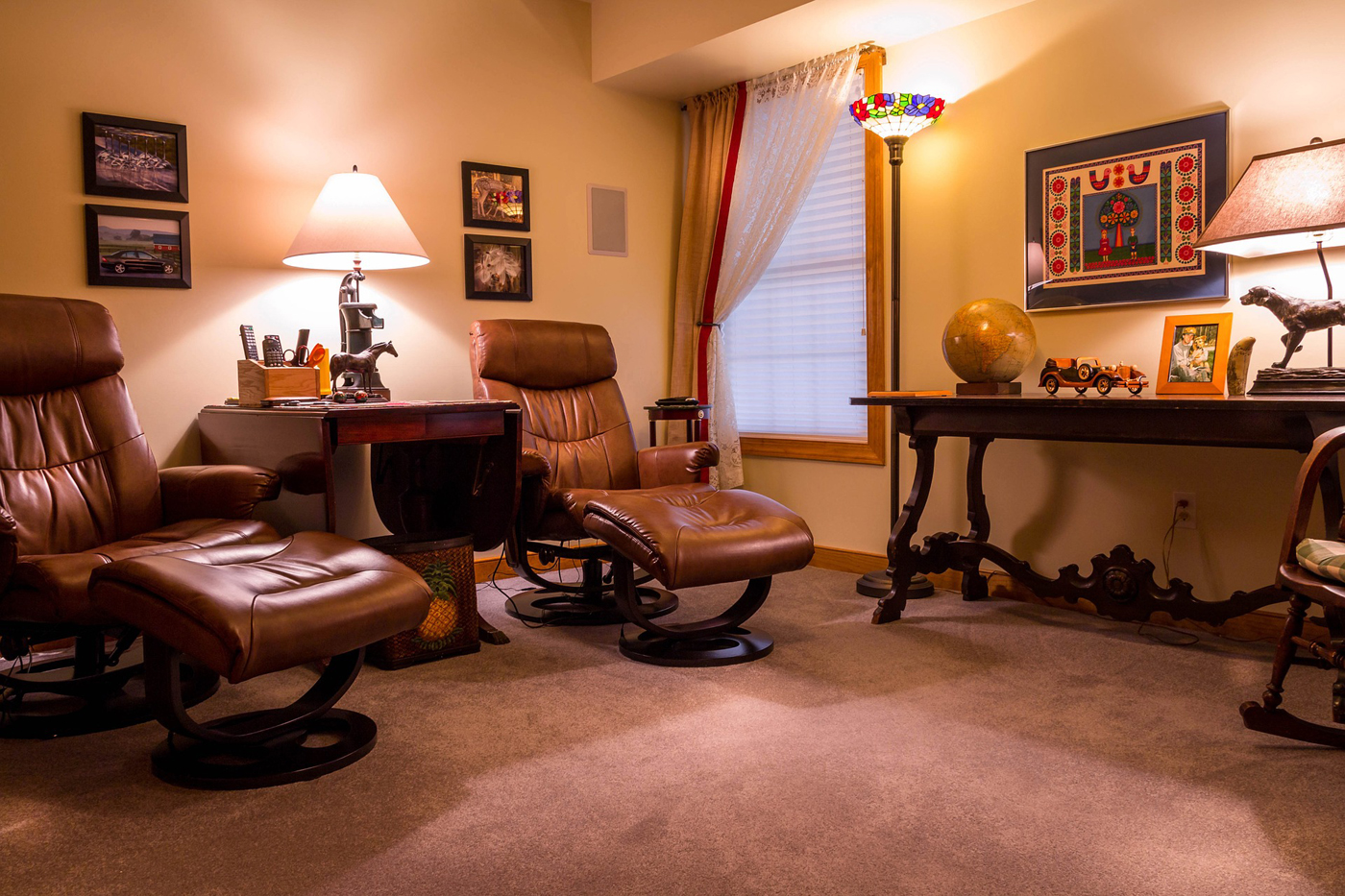 Furniture
Furniture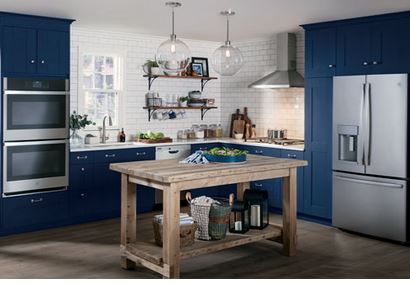 Kitchens Designed for Aging in Place
Kitchens Designed for Aging in Place Lighting and Light Switches
Lighting and Light Switches
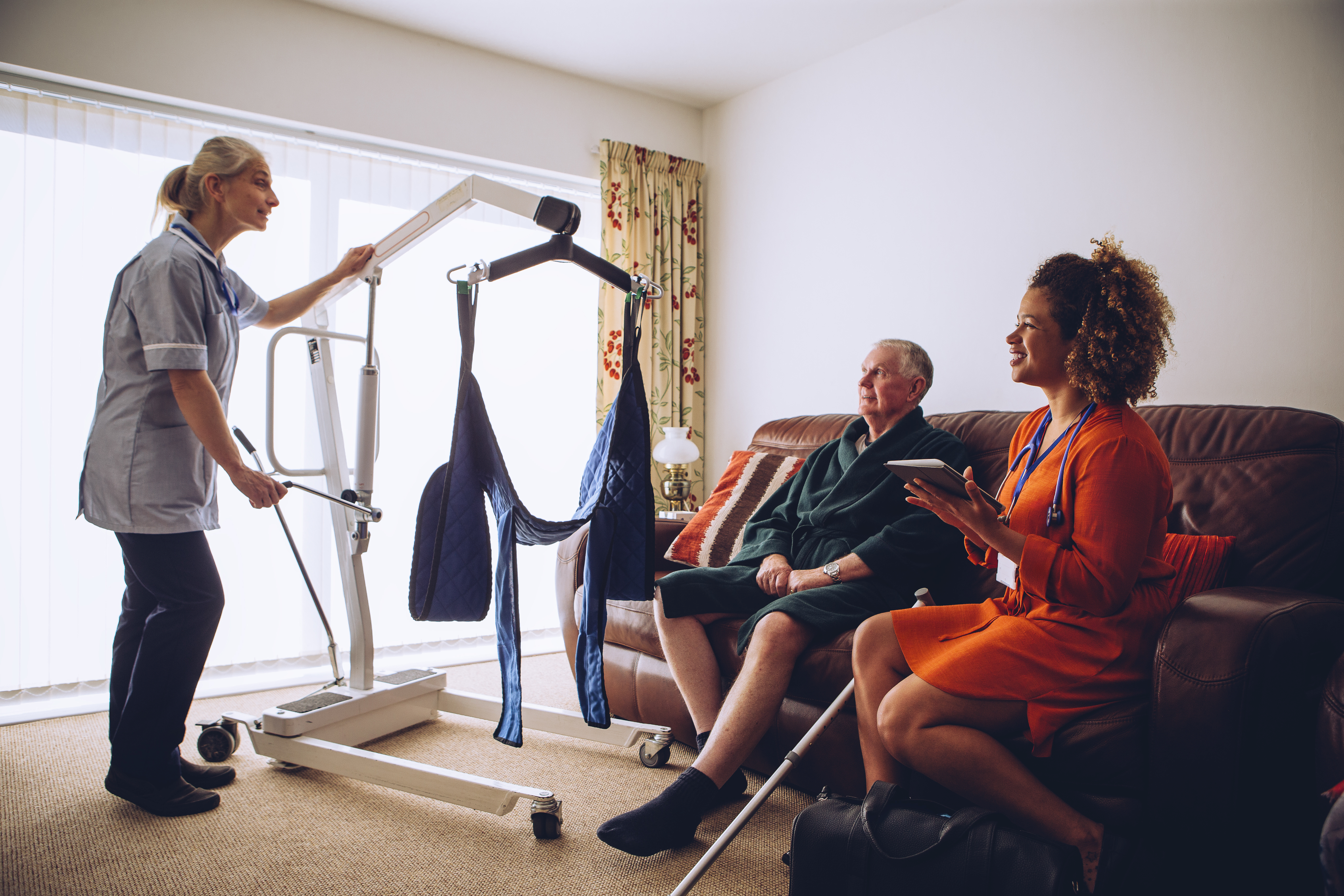 Assisting With Functional Mobility
Assisting With Functional Mobility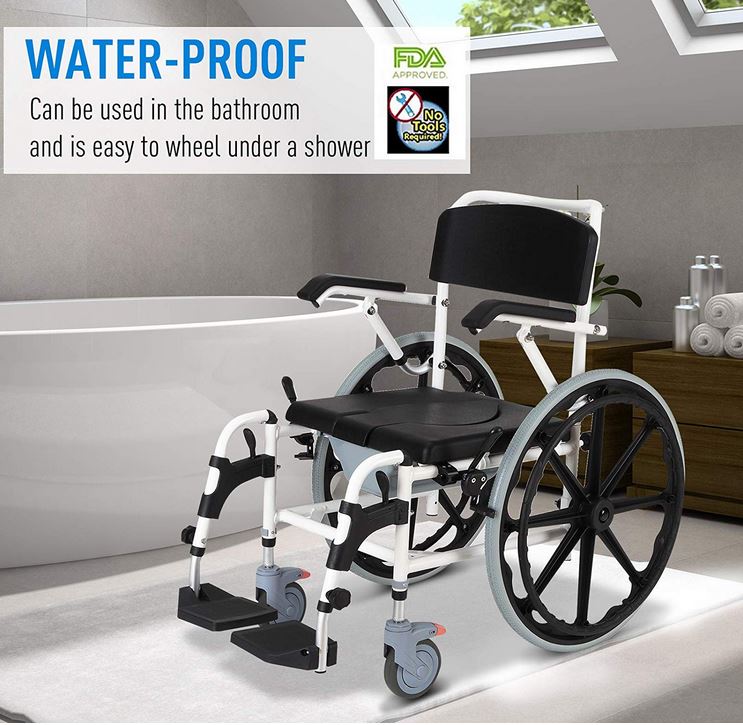 Bath and Shower Mobility Aids
Bath and Shower Mobility Aids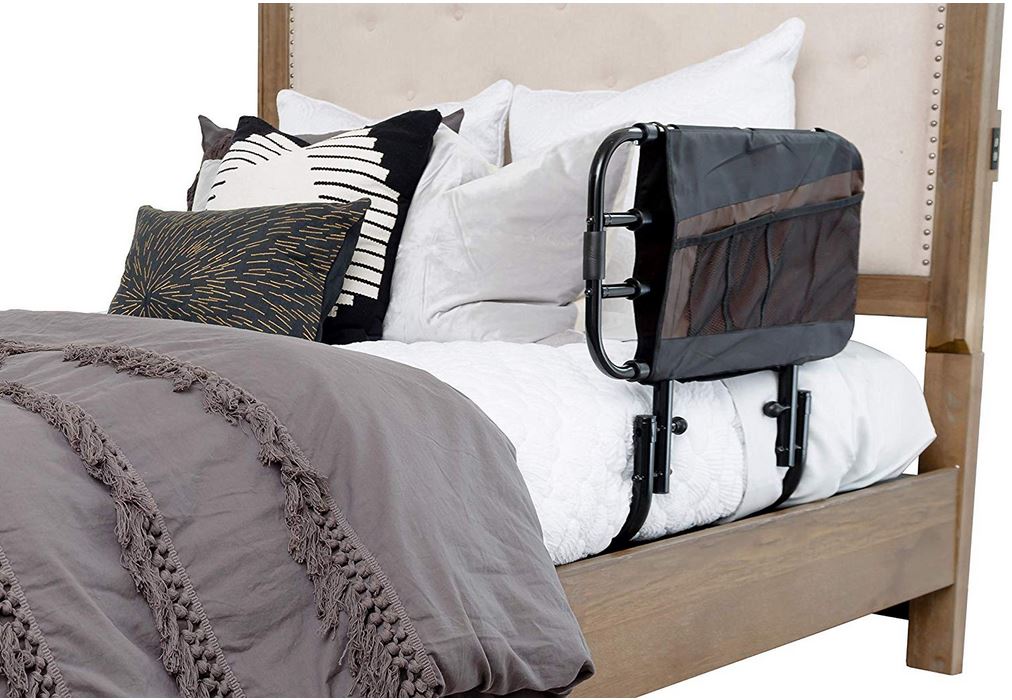 Bedroom Mobility Aids
Bedroom Mobility Aids Assisting with Personal Grooming and Hygiene
Assisting with Personal Grooming and Hygiene Caring for Someone With Incontinence
Caring for Someone With Incontinence Helping People To Cope with Alzheimer’s and Dementia
Helping People To Cope with Alzheimer’s and Dementia Helping With Bill Paying
Helping With Bill Paying Home Cleaning Services
Home Cleaning Services Offering Companionship
Offering Companionship Providing Medication Reminders
Providing Medication Reminders Providing Transportation
Providing Transportation Running Errands
Running Errands

 Burn Care
Burn Care Mental Health Rehabilitaion
Mental Health Rehabilitaion
 Canes
Canes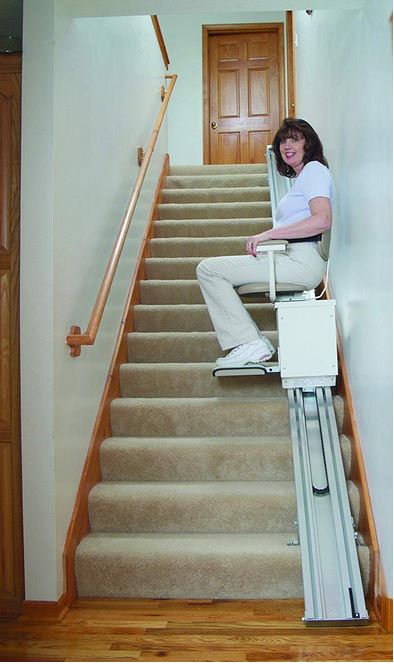 Chair Lifts / Stair Lifts
Chair Lifts / Stair Lifts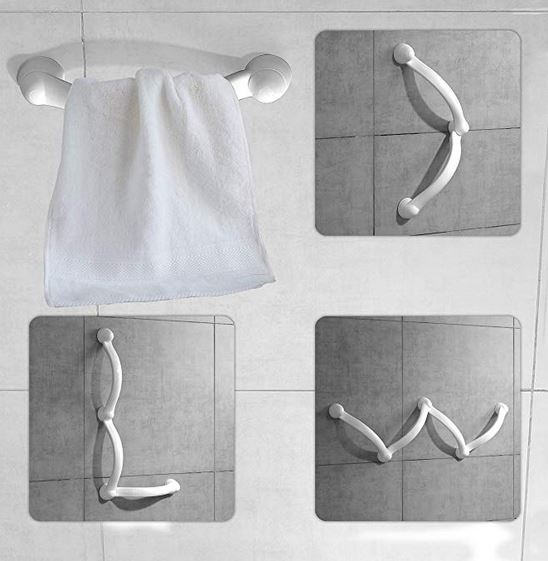 Grab Bars
Grab Bars Knee Scooters / Knee Walkers
Knee Scooters / Knee Walkers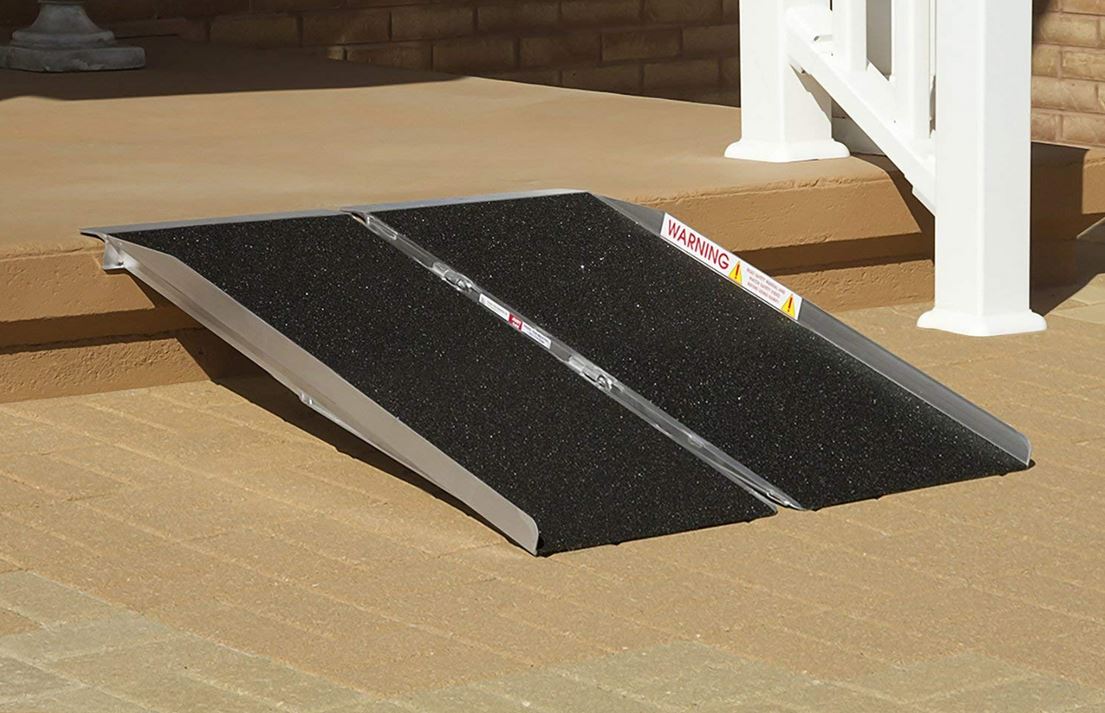 Ramps
Ramps Scooters
Scooters Transfer belts / pads / equipment
Transfer belts / pads / equipment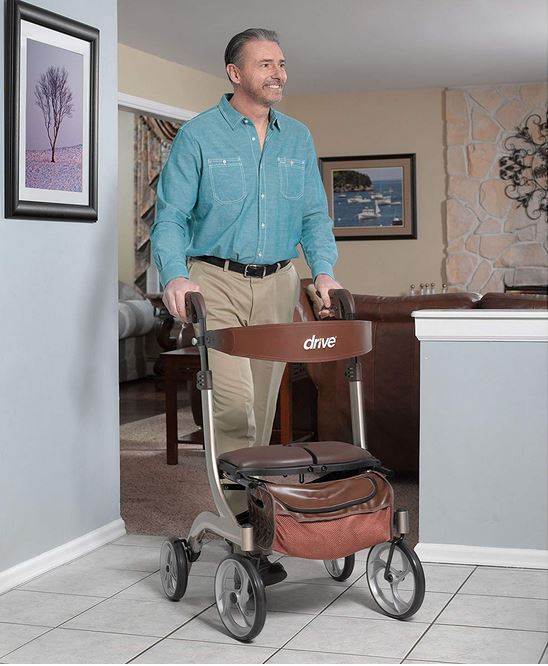 Walkers and Rollaters
Walkers and Rollaters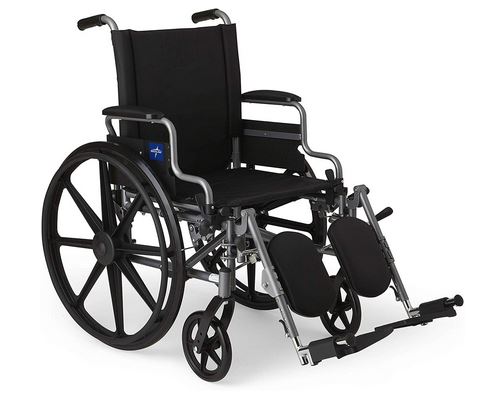 Wheelchairs and Mobile Chairs
Wheelchairs and Mobile Chairs
 Accounting and Tax
Accounting and Tax Books-Seminars-Courses
Books-Seminars-Courses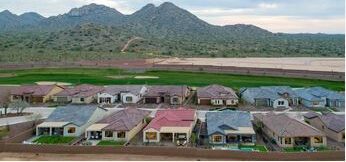
 ASSISTED LIVING
ASSISTED LIVING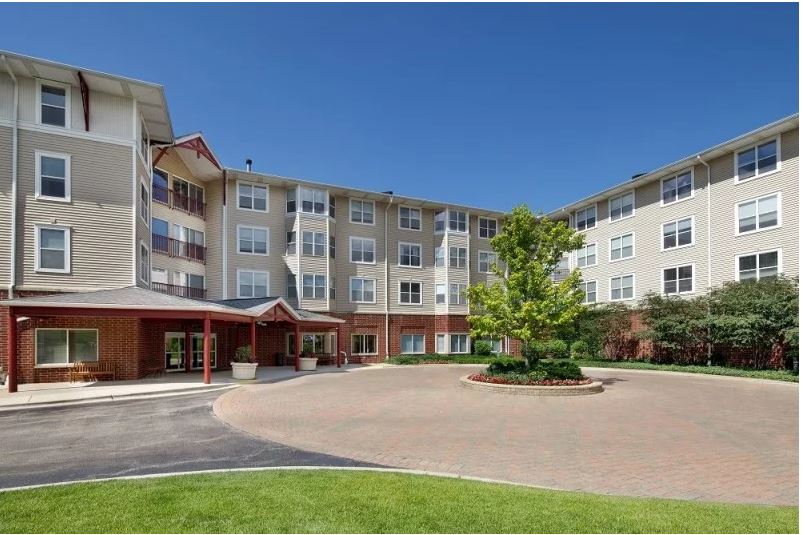 Assisted Living Facilities
Assisted Living Facilities Cohousing Communities
Cohousing Communities Manufactured Housing Communities
Manufactured Housing Communities Naturally Occurring Retirement Communities (NORCs)
Naturally Occurring Retirement Communities (NORCs) Personal Residence LIving Independetly
Personal Residence LIving Independetly Accessory Dwelling Units
Accessory Dwelling Units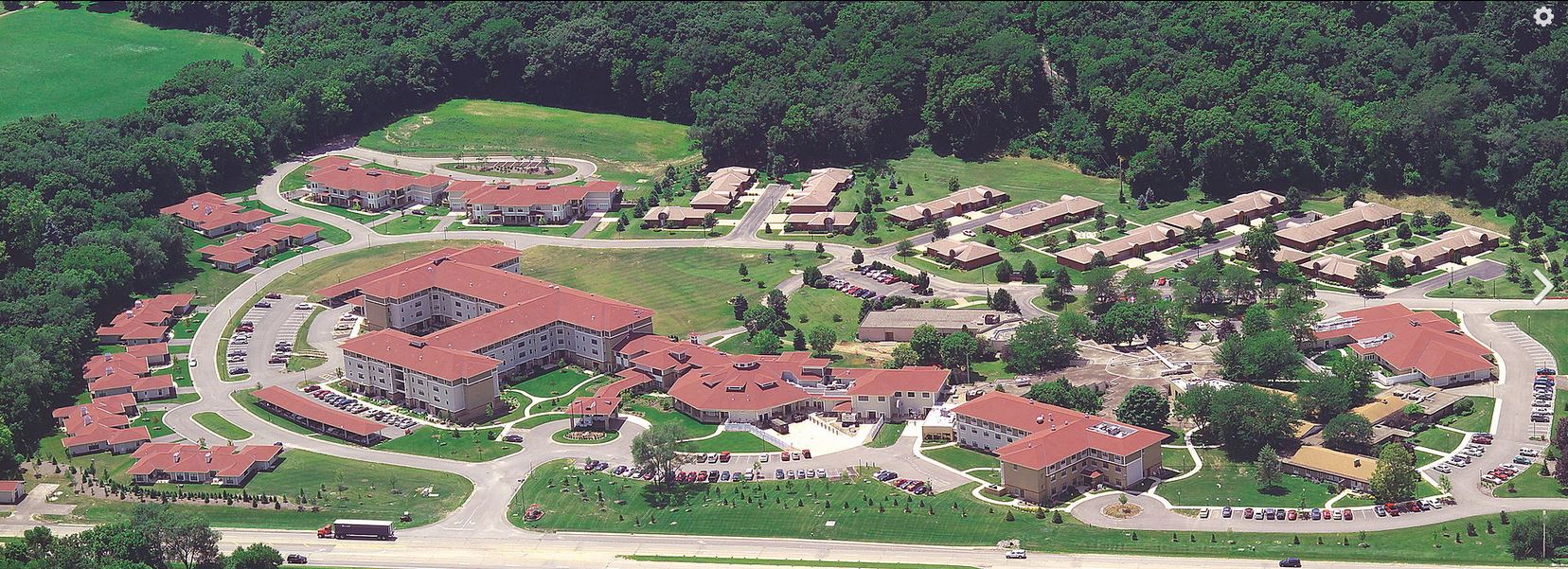 Continuing Care Retirement Communities
Continuing Care Retirement Communities Multigenerational Households
Multigenerational Households